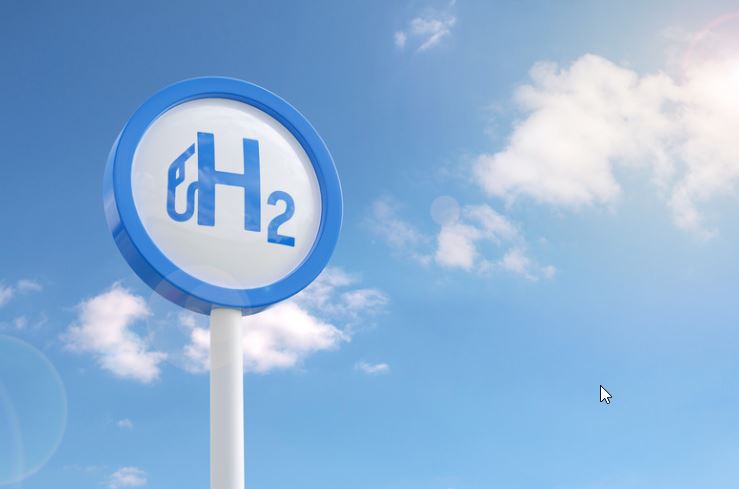In a significant contribution to the field of hydrogen energy, researchers Vladimir Molkov, Hazhir Ebne-Abbasi, and Dmitriy Makarov present groundbreaking work on liquid hydrogen (LH2) refuelling at hydrogen refuelling stations (HRS).
This study, published in the International Journal of Hydrogen Energy, delves into a modelling approach and provides the results of 3D transient computational fluid dynamics (CFD) simulations designed to optimize LH2 refuelling processes.
The research highlights the transformation of hydrogen from an equilibrium state to a non-equilibrium sub-cooled state (sLH2) during compression at the pump. The thermodynamic aspects of LH2 transfer play a crucial role in ensuring efficient energy transfer and minimal energy loss. The study elaborates on the transfer process from the HRS storage to the pump exit, showcasing how this step is integral to the overall process efficiency.
A key focus of the study is the development of a two-phase CFD model that covers all HRS components downstream of the pump. This includes pipes with bends, automatic valves, breakaways, nozzles, and manifolds leading to onboard storage tanks. The model reproduces critical parameters such as flow rate, pressure, and temperature dynamics. Notably, it accounts for non-uniform temperature distribution in the tanks, a significant factor for safe and efficient storage.
Verification of the modelling approach was done using conceptual LH2 refuelling process dynamics documented in existing literature. The absence of experimental data posed a challenge; however, the use of established conceptual frameworks provided a robust basis for comparison. The CFD simulations successfully predicted pipe cooldown from an initial temperature of 88K to permissible temperatures ranging between 23.9K and 26.5K, highlighting the effectiveness of the model.
